Unveiling the Growth Journey of Bee Colonies 🐝
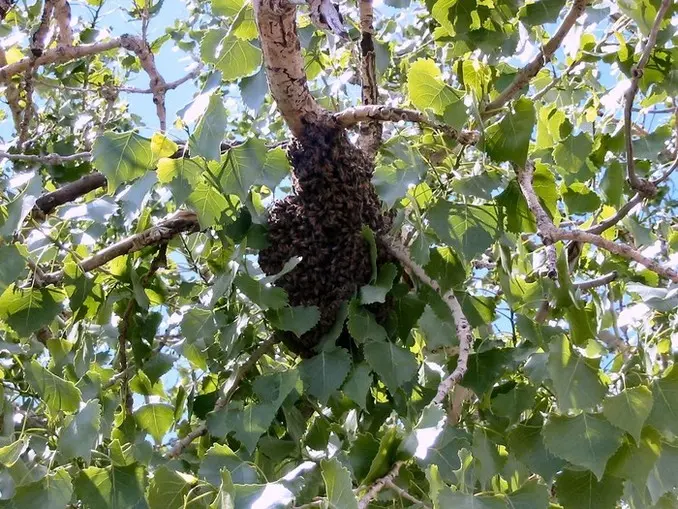
Hey Bee Enthusiasts! 🌼✨ Today, let’s peek into the fascinating world of bee colony growth, from a swarm’s shaky start to a thriving hive! Ready to dive in? Let’s roll!
A New Beginning Like any newborn creature, a swarm faces its share of challenges in becoming a full-fledged colony. Picture this: the little swarm has to find the perfect home, construct a suitable nest, raise a bustling brood, stock up on food, and ward off pesky pests. Quite the to-do list for a few pounds of buzzing bees, right?
The secret to success lies in finding the optimal location, making swift colony decisions, and steering clear of major problems. Easier said than done, but hey, bees are the pros! Not every colony nails it, though. Nature’s a tough teacher, and not all colonies make it through the school of survival.
So, How Does It All Happen? Observing a colony’s growth is like catching a live bee documentary. Minimize interference, let the bees do their thing, and voilà! A beekeeper becomes a spectator, learning the bees’ natural dance and understanding the impact of their own management. Intrigued? Let me share my own observations!
Home Sweet Hive
To witness this magical journey, I placed bees in a top bar hive. It’s like having front-row seats without causing a buzz-induced panic. Here’s what I discovered.
Building the Nest

After settling into their new digs, the bees get down to business – nest construction! Picture the cluster cozying up in the hive’s first third, closest to the entrance, crafting their comb masterpiece. At first, the comb’s size is in sync with the cluster’s warmth-keeping abilities. But once brood rearing begins, it’s like the bees declare open season on comb building!
As new bees hatch and the population swells, comb construction hits warp speed. The bees masterfully build a three-part nest structure for optimal function and survival:
Broodnest Core
At the bottom of the comb, near the entrance, lies the broodnest core:
- Smaller cell sizes for brood rearing.
- Kept open for winter clustering.
- The bee hotspot during chilly months.
Everything radiates from this buzzing epicenter!
Broodnest
Surrounding the core is an area with larger cell sizes:
- Gradual size increase away from the core.
- The largest cells, prime for drone rearing, near the top bars.
This is where honey and pollen cozy up for the winter. As food gets consumed:
- Empty cells become cozy homes for worker brood.
- The largest cells, last to be emptied, become VIP suites for drone brood.
Honey Storage Area
Beyond the broodnest lies the wild and chaotic honey storage area:
- Cell sizes and comb orientation go with the flow.
- Honey moves around based on broodnest needs.
- The beekeeper’s harvesting haven!
For more on nest observations, check out Natural Comb and The Nest pages.
The Growth Timeline
Here’s a glimpse of how one broodnest blossomed at weekly intervals:
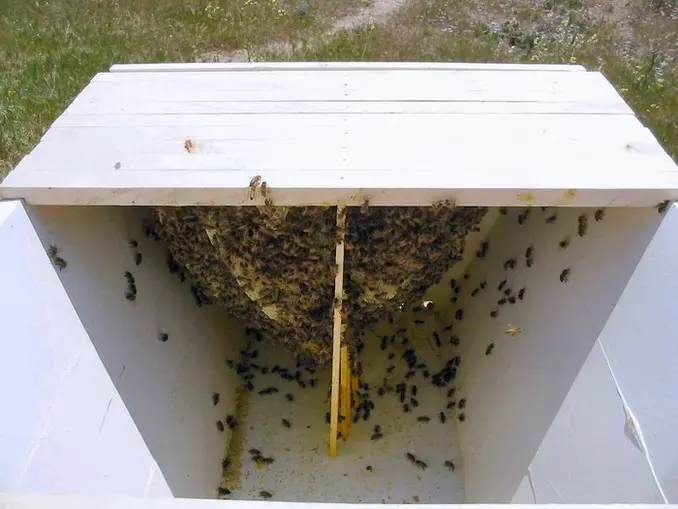
Week 2: Top bars 1-9.
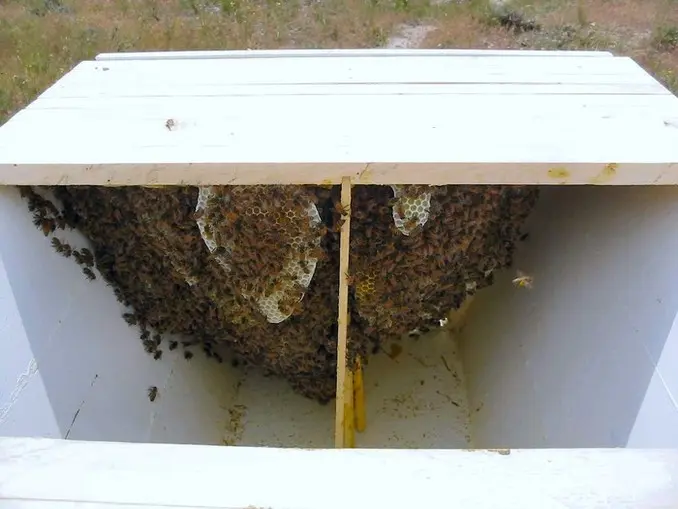
Week 3: Top bars 1-9.
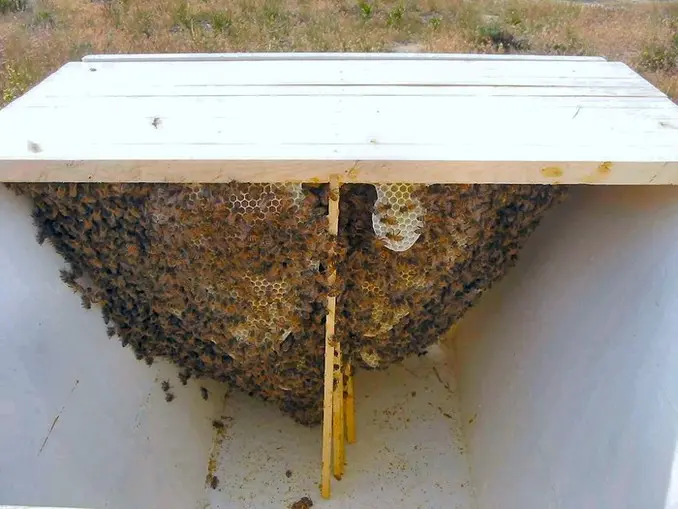
Week 4: Top bars 1-9.
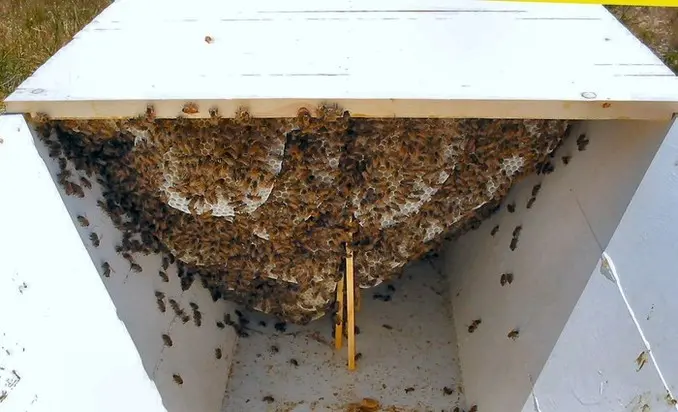
Week 7: Top bars 1-12.
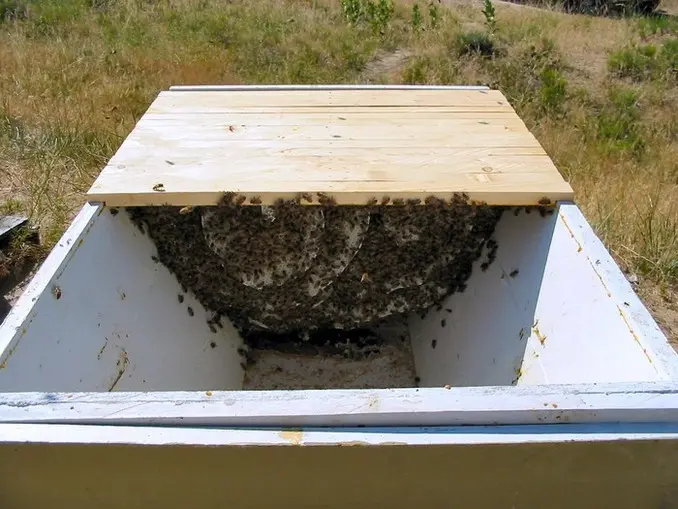
Week 9: Top bars 1-14.
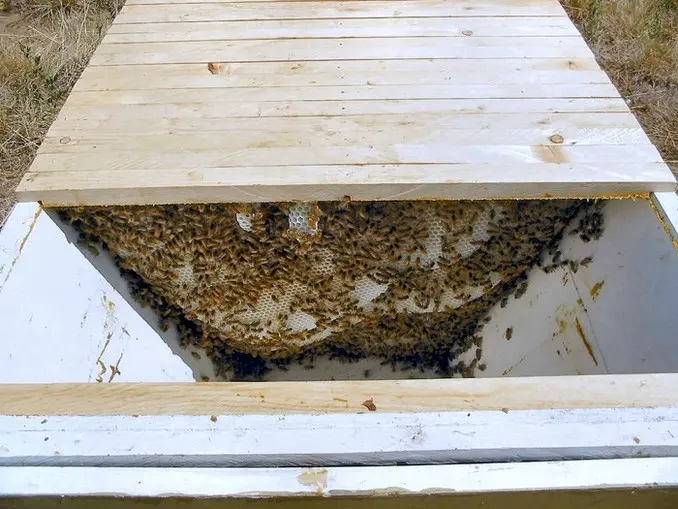
Week 11: Top bars 1-14.
And there you have it, the remarkable journey from swarm to thriving hive! Nature’s dance is truly a sight to behold. ✨
-Keep buzzing and stay bee-utiful, D 🐝🤠
